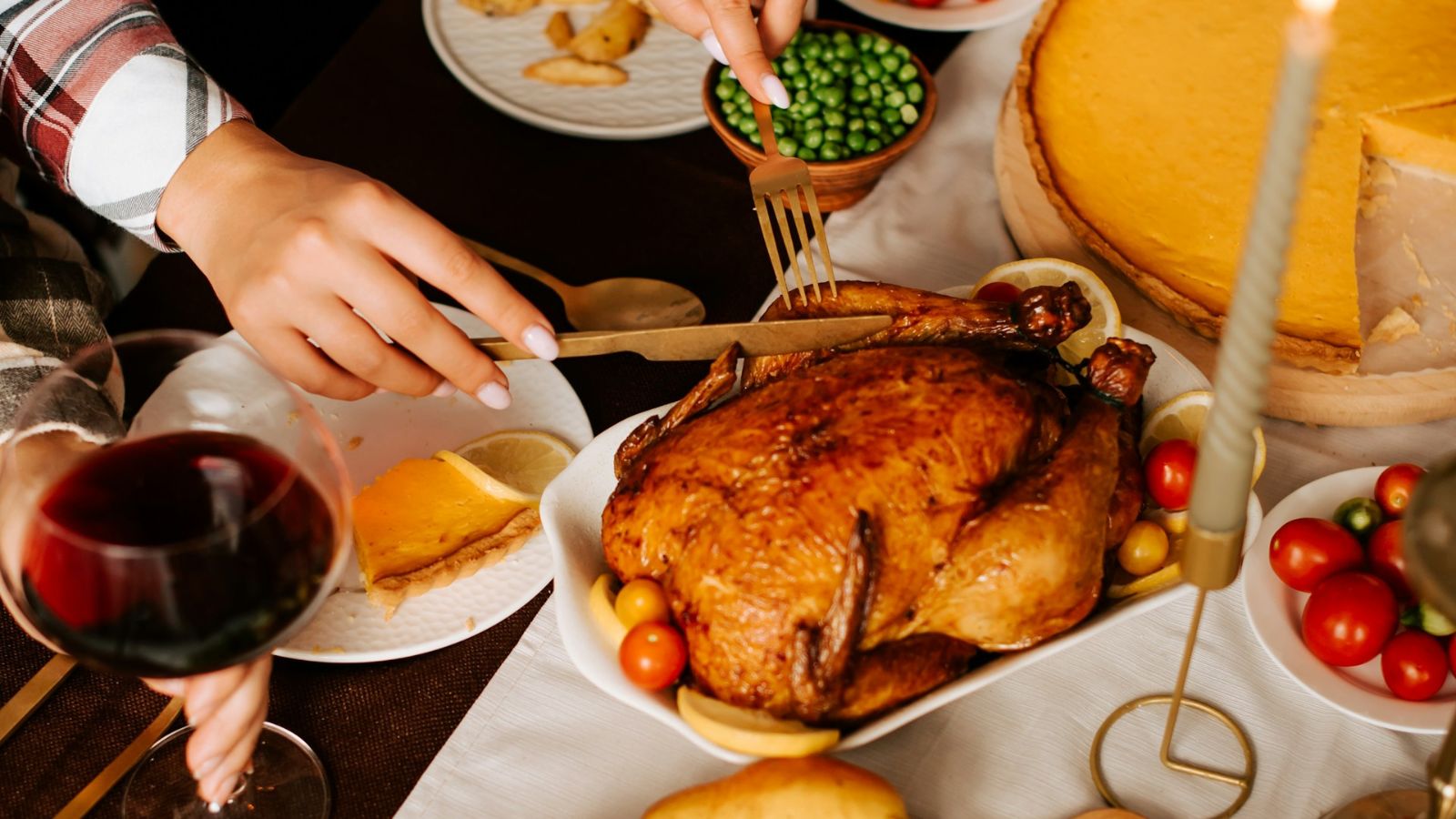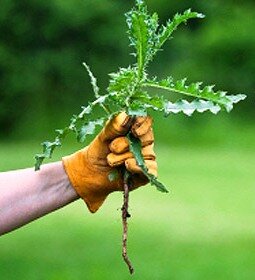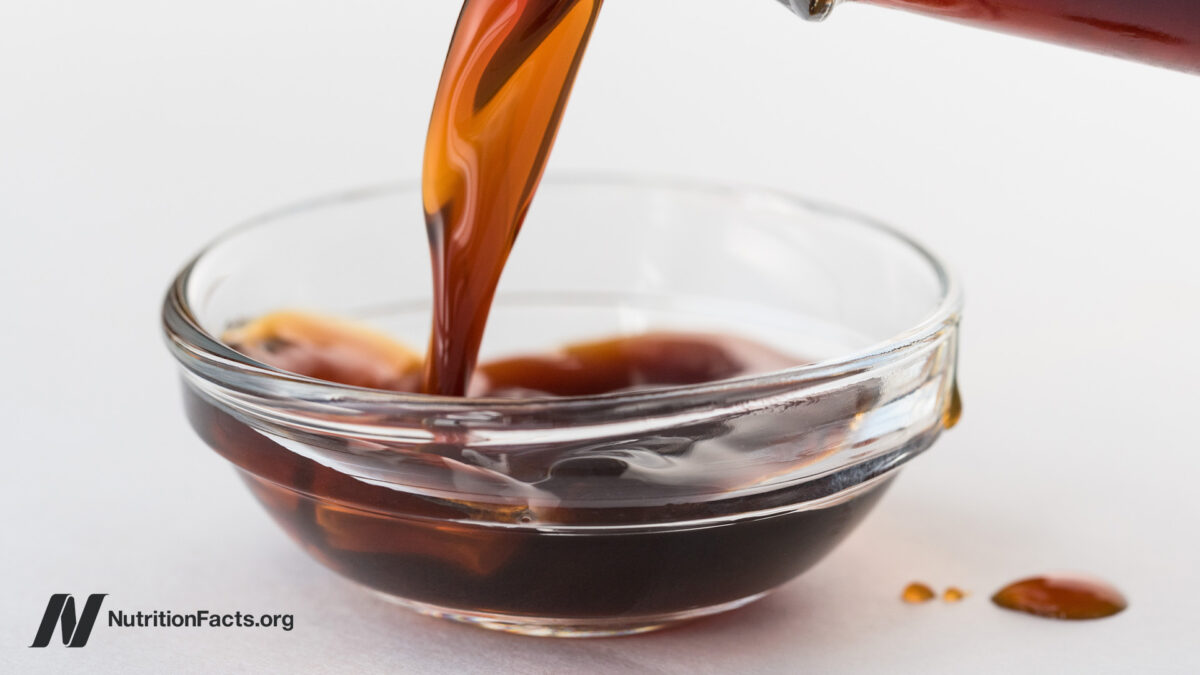This Simple Menu Change Dramatically Lowers Thanksgiving Injuries
Thanksgiving remains one of the most high-risk holidays in the United States, with sharp annual spikes in cooking fires, foodborne illness, carving injuries and household hazards. National agencies and safety experts warn that many of these incidents are preventable...

Thanksgiving remains one of the most high-risk holidays in the United States, with sharp annual spikes in cooking fires, foodborne illness, carving injuries and household hazards.
National agencies and safety experts warn that many of these incidents are preventable with simple preparation, especially when changing the menu can eliminate the riskiest elements.
Three injury triggers may not affect households hosting a vegan Thanksgiving dinner.
Avoid Foodborne Illnesses
Each year, an estimated 48 million Americans get sick from contaminated food, with about 128,000 requiring hospitalization and roughly 3,000 dying as a result.
The U.S. Department of Agriculture’s Food Safety and Inspection Service (USDA FSIS) warns that unsafe thawing, undercooking and cross-contamination contribute to many Thanksgiving-related cases of foodborne illness.
FSIS emphasizes that turkeys should always be thawed in the refrigerator and cooked until all parts of the bird reach 165°F.
FSIS also stresses the importance of preventing raw poultry juices from touching ready-to-eat foods, washing hands before and after handling raw ingredients, and refrigerating leftovers within two hours.
These core food-safety steps significantly reduce the risk of Salmonella and Listeria, which are common causes of holiday illness.
However, a Thanksgiving menu without animal products avoids some of the deadliest foodborne risks. U.S. Centers for Disease Control and Prevention (CDC) data shows that while most (46%) foodborne illnesses are linked to norovirus contamination in leafy vegetables, far more severe outcomes are associated with animal-based foods.
A combination of beef, pork, poultry and game accounts for fewer total illnesses but is linked to 29% of all foodborne deaths, with poultry alone responsible for 19%.
Reduce Knife-Related Carving Injuries
The American Academy of Orthopaedic Surgeons (AAOS) urges home chefs to approach turkey carving with greater caution, as people often underestimate how tricky holiday meal prep can be.
AAOS’s official statement notes that carving injuries surge during Thanksgiving, and emergency departments treat hundreds of thousands of knife-related injuries each year.
Orthopaedic surgeon Dr. Leon Benson, MD, FAAOS, said in AAOS’s official statement that the holiday should be a time to celebrate with loved ones, “not a time to end up in the emergency room.” He added that lacerations from carving “can be quite serious, from cut nerves and arteries to tendon injuries.”
Benson advises stabilizing the cutting board, directing the blade away from the body, using a sharp carving knife, and relying on utensils rather than hands to steady the turkey. He also encourages cooks to avoid any distractions while using a knife.
However, plant-based Thanksgiving entrées such as lentil loaf or vegan Wellington typically don’t require forceful cutting, slippery surfaces or awkward carving angles. Without a large bird to break down, the likelihood of deep lacerations, tendon injuries or hand cuts can be significantly lower.
Prevent Home Cooking Fires
Thanksgiving is the leading day of the year for home-cooking fires, according to the National Fire Protection Association (NFPA), followed by Christmas Day and Christmas Eve.
Each year, there is an almost 400% increase over the daily average, with 80% of cases occurring on Thanksgiving Day.
NFPA notes that unattended stovetops are the primary cause of these incidents. “Thanksgiving is a hectic holiday with multiple dishes cooking and baking at the same time, and along with guests, entertaining, and other distractions, it can be easy to lose sight of what’s on the stove or in the oven,” said Lorraine Carli, vice president of Outreach and Advocacy at NFPA, in an official statement.
NFPA recommends staying in the kitchen when cooking on the stovetop, keeping flammable items such as towels and packaging away from heat sources, and maintaining a three-foot kid-free zone around the stove.
The Association also advises homeowners to keep smoke alarms and fire extinguishers in working order and to smother small grease fires by sliding a lid over the pan and turning off the burner.
Firefighters from North Metro Fire Rescue recently demonstrated what happens when a frozen turkey hits a pot of hot oil, resulting in a massive fire.
A meatless Thanksgiving also reduces some of the highest-risk fire scenarios. Without deep-frying a turkey or handling large amounts of hot oil, the overall likelihood of ignition drops. Vegan entrées typically rely on roasting, sautéing or baking, all of which carry significantly lower fire danger.
Guard Against Gas Leaks And Carbon Monoxide Poisoning
A 2025 advisory from Ameren Missouri highlights natural gas leaks and carbon monoxide exposure as a hidden danger during Thanksgiving. It is a risk that applies to every household, whether the holiday meal features a traditional turkey or an entirely plant-based menu.
Heating systems run more often as temperatures drop, and extended cooking times can strain appliances.
Ameren Missouri urges homeowners to install and test carbon monoxide detectors before the holiday, keep vents and furnace intakes free of blockages, and pay attention to signs of a potential leak, such as a rotten-egg odor or hissing sounds near appliances.
It also recommends leaving the home immediately and contacting emergency services if a gas leak is suspected.
Ameren Missouri also reminds consumers never to use grills or generators indoors under any circumstances.

 JimMin
JimMin 















.jpg&h=630&w=1200&q=100&v=6e07dc5773&c=1)














